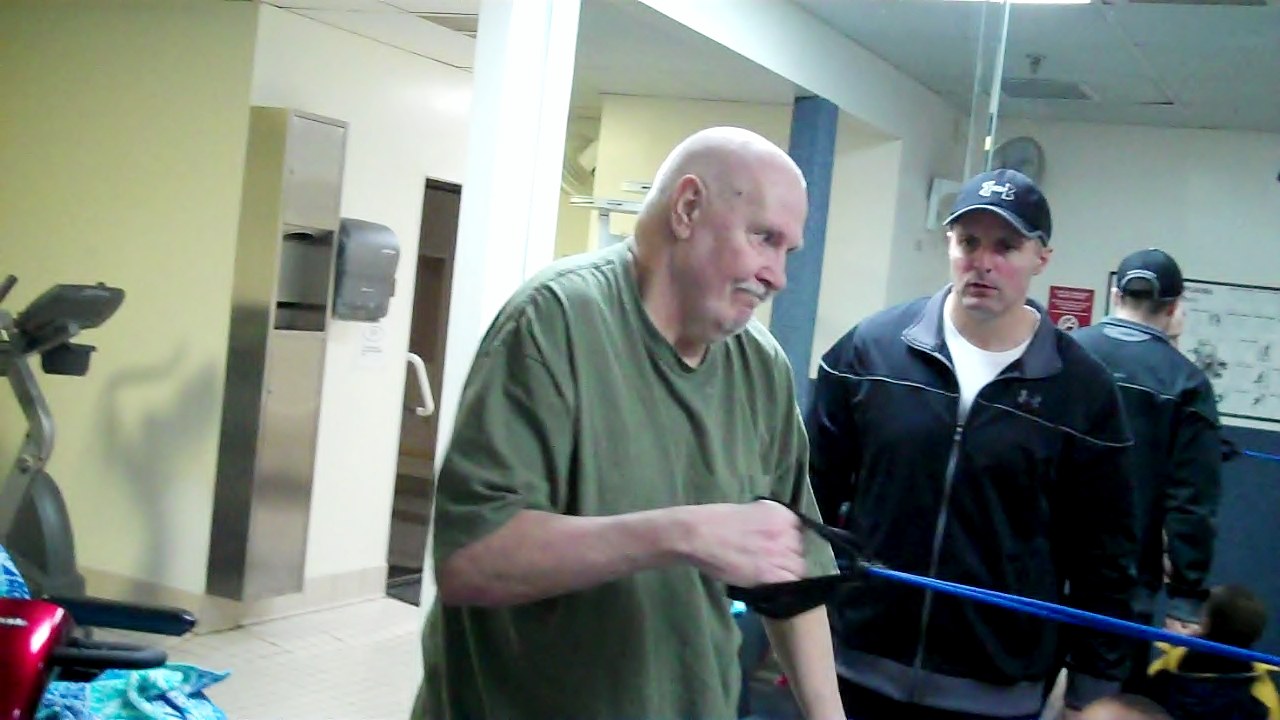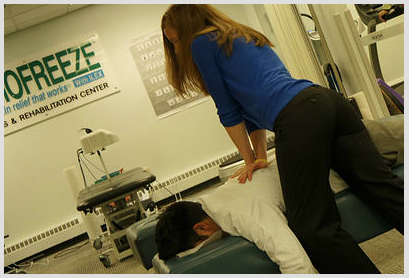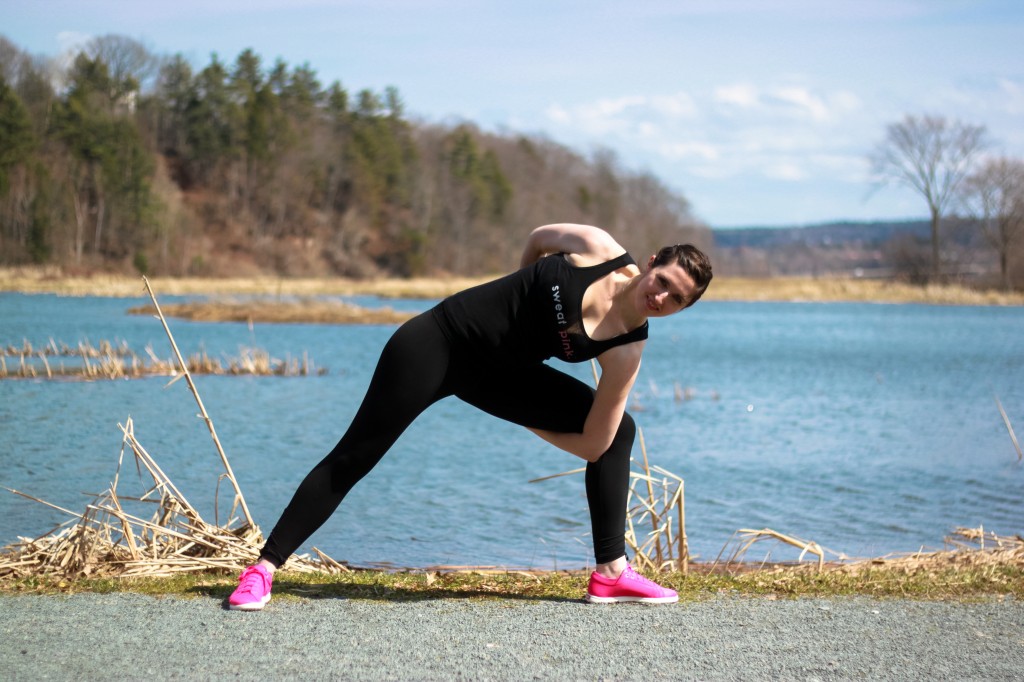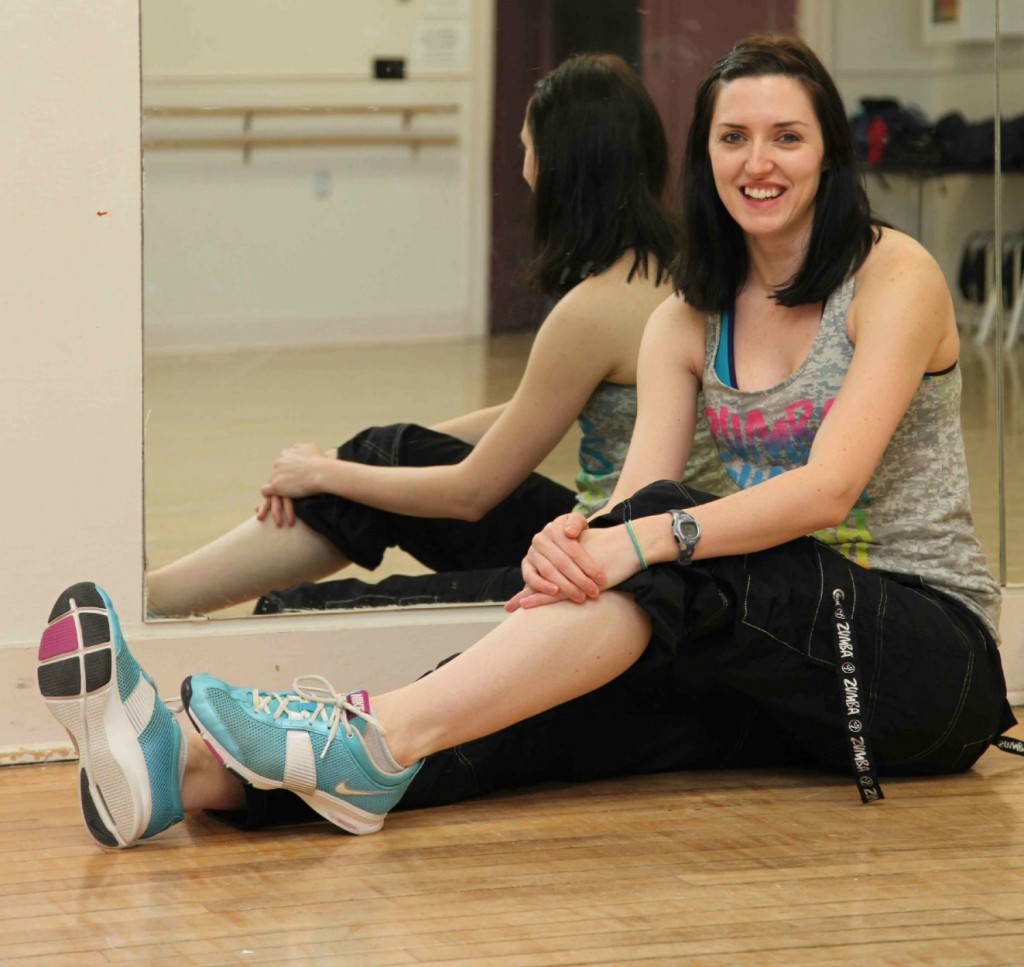Finding Myself Again: Re-Discovering Fitness with My MS
My appreciation for physical fitness was conditioned through classical dance training from the age of 5. Because of the great impact that dance and music had on my childhood and teenage years – I ensured to maintain my passion for physical fitness as a member of a hip hop dance team while studying at California State University, Long Beach, auditioned and was accepted for the university’s Dance minor program, was a member of the on-campus fitness club, and even added step aerobics classes to my regular class schedules for credit. All in all, physical activity was heavily integrated in my daily life.








